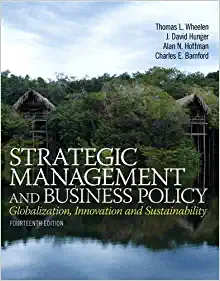Question
First: Conflict: Inside a classroom with preschoolers, many conflicts may develop. However, I believe children will have the most difficulty accepting diversity. A specific example
First:
Conflict: Inside a classroom with preschoolers, many conflicts may develop. However, I believe children will have the most difficulty accepting diversity. A specific example of this conflict is when there is a child whose racial background is different. For example, a child of color will be asked by his peers as to why he is black or his skin color is different. Since children are naturally curious, they may ask the same question repeatedly, and the child of color may feel awkward about this situation. Because of this, the possibility of isolating himself from his classmates is not impossible.
Goal: Diversity
Teaching children to respect others and accept others' backgrounds and images should be a goal of every classroom. Pre-schoolers should be taught that heterogeneity are not harmful and there is nothing wrong with being different. Planning for accepting diversity will not be difficult for preschoolers since all they care about is playing. However, respecting each other should be taught early.
Second:
Suggested book: Shades of People by Shelley Rotner and Sheila M. Kelly
https://www.amazon.com/Shades-People-Shelley-Rotner/dp/0823423050/ref=sr_1_1?dchild=1&keywords=Shades+of+People+by+Shelley+Rotner+and+Sheila+M.+Kelly&qid=1627185405&sr=8-1
Third:
Activity: Hello friends!
After reading the book, the children will be taught that other races exist. They also have to be knowledgeable that all human beings are beautiful. To support the idea of diversity, the teacher can create other country's cultures in class through learning their language. Since greeting each other is already a part of the morning routine, the teacher can introduce different ways of saying good morning or hello.
The teacher may start including the activity by using diverse languages to greet the children in the morning.
Questions for discussion:
1. Do you know how many people there are in the world?
2. Are you familiar with Hola buenos dias, ni hao ma, or magandang umaga?
3. Do you want to visit other countries?
Source for the activity: https://www.petitjourney.com.au/multicultural-activities/
- the imaginary conflict.
- Your chosen anti-bias goal stated clearly. Type out the complete goal (teacher and child)
- The children's literature book information: title, author, illustrator, & amazon link
- children's book addresses the conflict & supports the chosen anti-bias goal. You must describe the activity, how it will work in a group setting, and what questions (you must provide at least 3) you will use to direct the class discussion with the children. Also, provide that source that inspired your activity.
- A description of your developmentally appropriate classroom activity.
- activity addresses the conflict & supports the chosen goal.
Step by Step Solution
There are 3 Steps involved in it
Step: 1

Get Instant Access to Expert-Tailored Solutions
See step-by-step solutions with expert insights and AI powered tools for academic success
Step: 2

Step: 3

Ace Your Homework with AI
Get the answers you need in no time with our AI-driven, step-by-step assistance
Get Started


